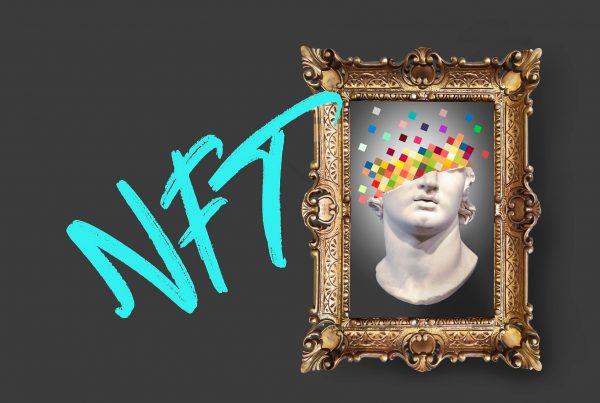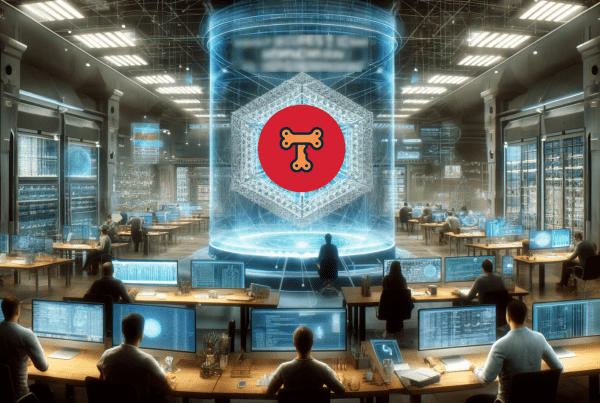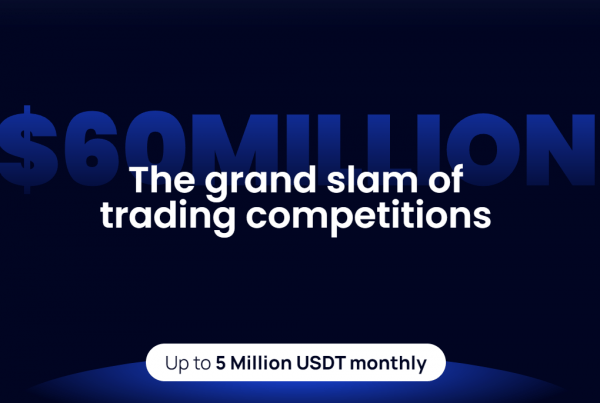
While images and videos are the first things that come to mind when thinking about NFTs, music can also be represented and sold in the NFT format. Musicians now have an opportunity to profit from blockchain technology as metaverse concerts become increasingly popular. Building a digital fanbase, streaming your music, and selling exclusive collectibles can all provide a solid income.
However, the information about that is limited as of today. So in this article, we gathered everything you need to know about NFTs in the music industry. How to create music in an NFT format, how the metaverse impacts the niche, and how you, as a musician, can benefit from the global NFT ecosystem.
What are music NFTs?
Music collectibles follow the same technical principles as standard NFTs. From a non-technical point of view, music NFTs include a unique song as well as a visual component. They function similarly to ‘regular’ NFTs, where you can be the owner of the link in a database, where your digital art piece is stored.
Although purchasing a song that you can immediately listen to on a marketplace like Spotify may appear unusual, the advantages of owning music NFT cannot be underestimated. First and foremost, by purchasing a musical NFT, you are encouraging artists by providing them with monetary compensation for their efforts. It fosters a sense of mutual benefit between the artist and the fans. In addition to that, you can also receive a royalty fee from album sales.
The primary focus of music NFTs switches from visual to audible value, as does the customer’s interest. Musical collectibles are frequently cheaper and more available for fans due to a lack of general adoption among NFT communities. To attract more potential buyers, musicians design package offerings that provide real-world benefits to the customer. DJ 3LAU, for example, has auctioned off his music NFTs, with tangible vinyl recordings attached to each token.
To get a sense of how creative and unlimited music NFTs can be, check out the Metagirl collection by Sammy Arriaga. ‘1500 Digital Hearts pumpin’ to the beat of METAGIRL’, — is the official description of the artwork.
Interesting trends of music NFTs
To recap, the music NFT is a non-fungible token, usually minted on the Ethereum blockchain, that confirms your ownership of the given audio and visual assets. But did you know that there are 2 types of music NFTs? The first one is developed manually by human artists, while the other one is generated by AI algorithms from the initial human-made samples.
Either way, music NFTs provide real-world solutions to many problems. Imagine you listen to a song on Spotify and you want to purchase it for your project. Up until the rise of music NFTs, it just wouldn’t be possible. The value of music NFT is that you receive a royalty fee from album sales and, in most circumstances, full intellectual property rights to the given song. You can now incorporate it into your works without fear of violating copyright rules.
But how can the typical fan afford something as pricey as a Snoop Dogg or Marshmellow single? If the masterpiece is beyond your financial reach, fractional ownership may be an option. You can acquire a percentage of a piece of music, say 5%, and receive royalties based on your share.
Note that music collectibles come in a variety of sizes and shapes. As with traditional NFTs, some projects and names focus solely on the digital market, while others see it as a source of additional revenue for their existing non-blockchain career. But what we can see is that the trend of music NFTs is only in its early stage, so most probably it’ll stay with us for a while.
Music NFTs in Metaverse
The Metaverse has significantly changed the way we see the art and entertainment industries. Music is no different. Nowadays, well-known performers such as Justin Bieber, Travis Scott, and Young Thug are venturing into the metaverse to perform virtual concerts.
You can recreate a real-world concert experience in great detail by merging 3D animation and high-quality music. Because a VR concert is still a novelty, there are numerous experiments underway. Initially, performers attempted to hold pre-recorded concerts, but trends changed quickly. The emphasis is now on the live experience and the feeling of genuine involvement.
Justin Bieber’s concert in the Wave metaverse was a game changer, with the performer employing special equipment to sing in front of a live audience. The viewers may react and actively interact with the performer throughout the show, exactly like in a live concert.
A VR concert may sound exciting, but what are the benefits for the artist? In this case, numbers speak volumes. For example, Travis Scott reportedly earned $20 million for his VR concert, which lasted only a few minutes. In comparison, his AstroWorld Tour, which spanned nearly four months, earned him roughly $50 million. That is the metaverse’s power on full display.
Metaverse concerts are a good source of revenue for artists and a respectable PR venue, but how can this experience be valuable to the fan? The events in the metaverse are usually inexpensive, if not fully free. It means you may encourage your ‘idol’ voluntarily, within your financial capabilities. Also, you don’t have to leave your house to see your favorite singer play. Metaverse performances transcend time and space. Sounds awesome, right?
Consider how convenient it would be to attend a concert by a musician from another country while paying barely anything. It’s now entirely possible with the metaverse, and there’s no need for long, tiring, and unsustainable flights.
Don’t get me wrong: metaverse performances aren’t musical NFTs. They do, however, assist artists in gaining a following and forming a community. Metaverse performances, in general, increase the crypto community’s exposure to music and stimulate interest in music collectibles in general.
Technology that empowers the artists?
The great majority of the most notorious ‘beefs’ in music history have been between musicians and music labels. The barbarous greediness of labels is indeed the primary source of such a large number of disputes. Consider for a moment that an average label may take up to 90% of an artist’s revenue. It’s objectively unfair.
As a result, we can confidently state that music NFTs and Web3 labels benefit music in its broadest sense. They remove authority and money from obsolete institutions and give it back to artists and fans. Right where it belongs.



